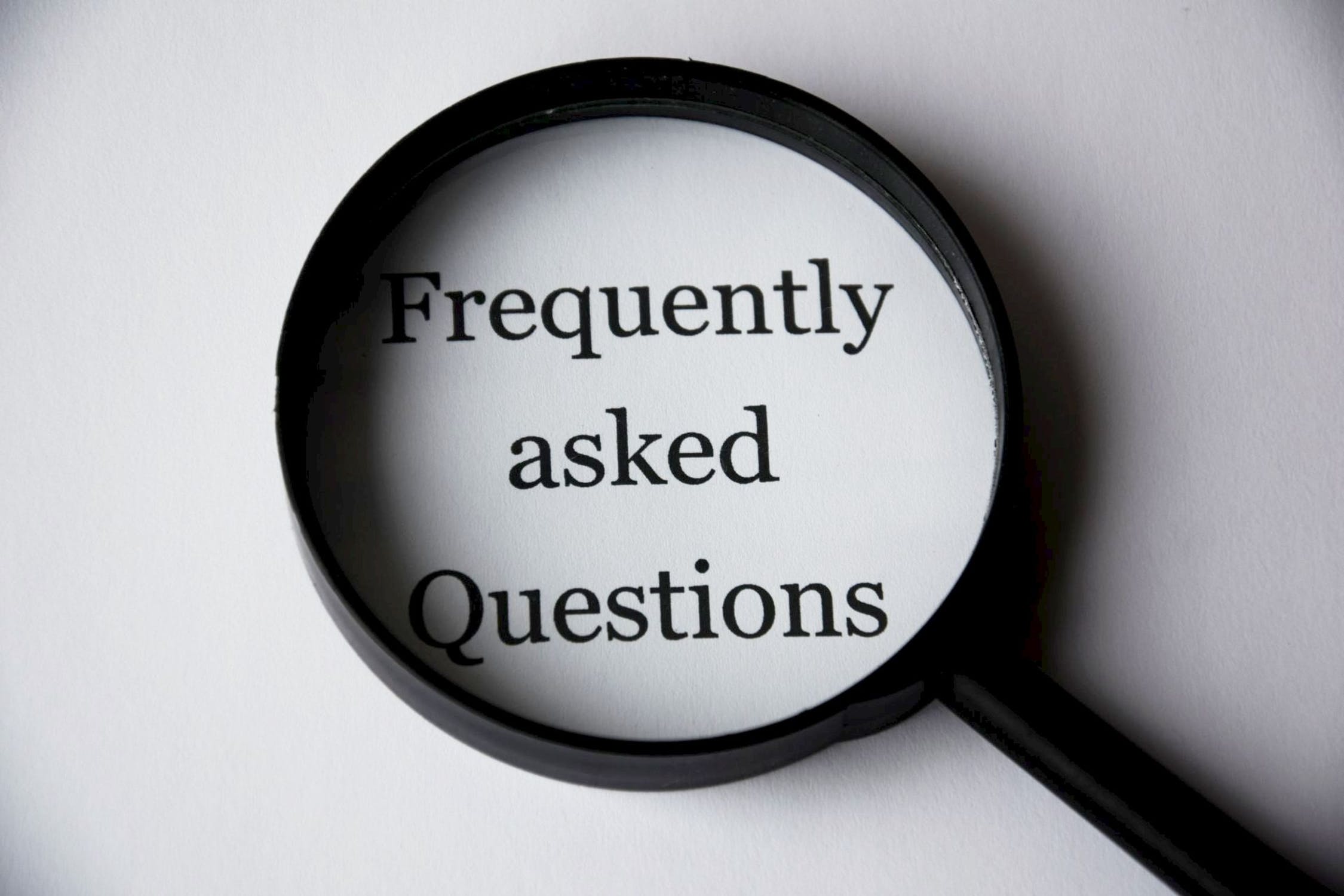.png?width=189&height=505&name=Vector%20(2).png)
Compliance Management: We Answer Your Frequently Asked Questions
What is compliance management?
Compliance management in many organisations starts with understanding your regulatory obligations and any standards you want to adhere to that apply to your business. Your organisation’s level of regulations and standards can vastly change from industry to industry and country. For example, PCI DSS focuses on businesses in the retail sector, and GDPR needs to be considered by organisations operating or doing business within the European Union.

What is needed to progress an organisation’s compliance program?
Once businesses have identified the regulations and standards they need to adhere to, they will often;
- Review and document regulatory obligations.
- Define or use the specific controls from the regulations.
- Look to align and simplify regulations and standards into business or regulatory requirements, then define controls.
- Organisations should rationalise their control library to ensure controls meet multiple regulatory obligations. The compliance team can then test one control and demonstrate compliance against numerous regulatory obligations.
- Leverage in-house, bought (UCF), or free knowledge (SCF) that help to combine regulations and standards into single regulatory controls.
After the regulatory controls have been defined, the organisation audit or compliance function, depending on their size, will test the controls, undertake compliance monitory, and provide ongoing advice to the business.
Are you interested in learning more about SCF and meta frameworks? Then check out our webinar with the SCF Founder.
Who is responsible for running the compliance program?
Compliance management is usually owned and operated by what is referred to as the ‘Second Line of Defence’.
There are various strategies to address compliance. Often organisations rely on the lines of defence model as seen above. This strategy gives the board and senior management three clear line functions to rely on, ensuring its compliance program is reviewed, tested and challenged independently by the second and third line of defence.
What are the main challenges businesses face when running a compliance program without a comprehensive compliance management solution?
- 50% + of organisations globally manage risk and compliance and the relevant processes using MS Office – in the form of emails, PowerPoint, Excel, Word and SharePoint. As a result, this leads to a disjointed, confused, disorganised and complicated organisational view.
- Compliance leaders spend far too much time manually reconciling regulatory information from many different locations without a consistent format for the data to understand compliance and, as a result, often look at outdated data.
- Huge amounts of duplicated effort when managing controls. As most organisations don’t have central repositories for the regulations and controls, they often have hundreds of duplicated controls and testing. Most are unaware of how much duplicated effort they are performing.
- Bringing together multiple sources of regulatory data manually, then producing compliance report packs for the board and regulators. This often takes weeks and can be one or more FTEs.
- Lack of workflow and structure with clear accountability. This results in inconsistent quality and assessments.
- Storing documentation (evidence and assessments etc.) via email – with no security, no workflow, and accountability.
- Manual reproduction of the information for external auditors, regulators and board review.
How does SureCloud’s Compliance Management solution help solve these common challenges?
- The solution is pre-configured, using SureCloud’s domain insight and extensive client feedback from other engagements.
- Minimum implementation efforts – in most cases, only 10%-30% change from the standard product is required.
- Limited configuration changes to accommodate customers’ processes and control terminology.
- The solution is deployed within an accelerated period of time and at a reduced cost.
- Defined and proven project delivery model.
.png?width=265&height=582&name=Vector%20(3).png)









.png?width=286&height=582&name=Vector%20(7).png)


 Copy link
Copy link

_%20Adopt%20a%20New%20Approach%20to%20Risk%20Management%20for%20Your%20Organization.png)